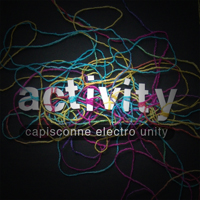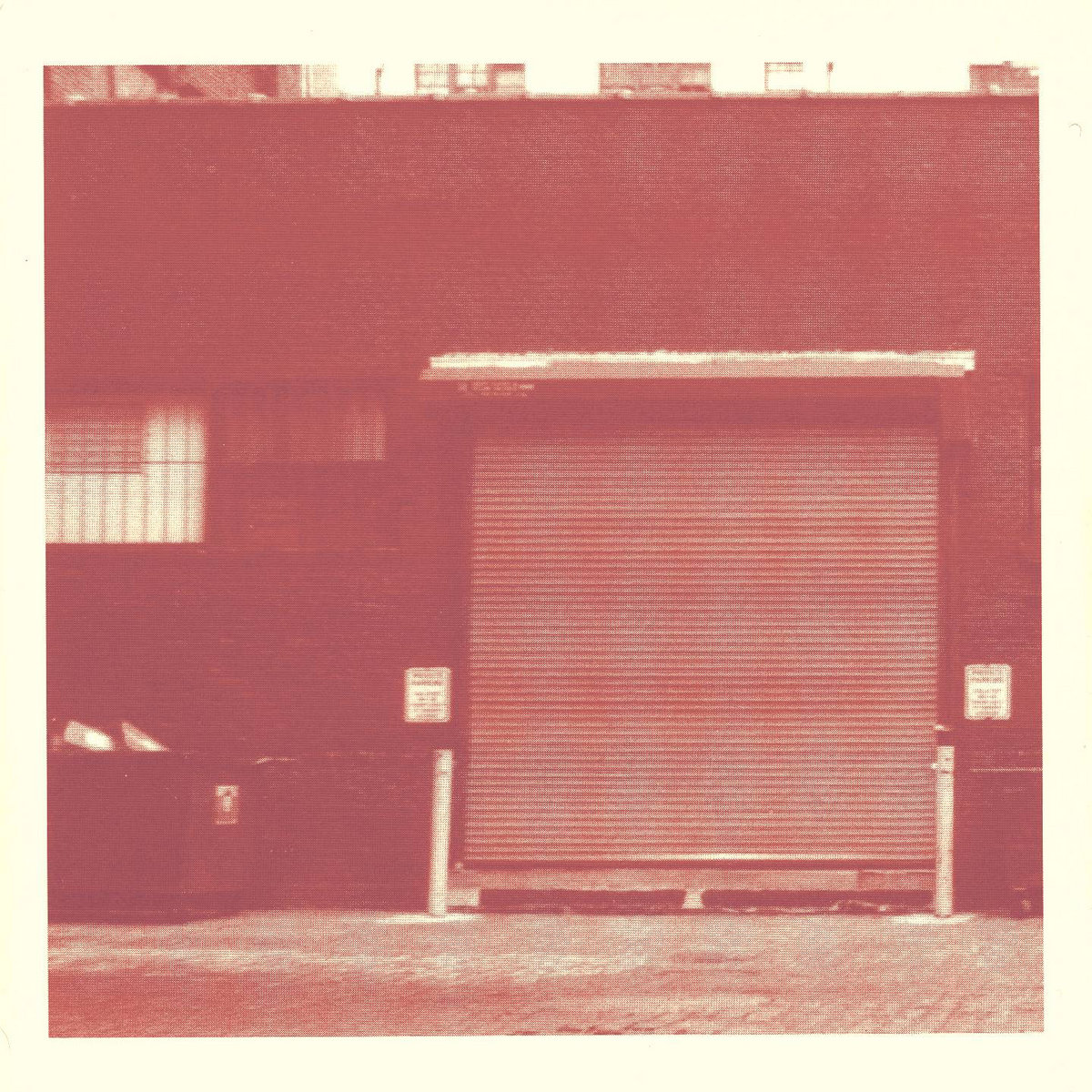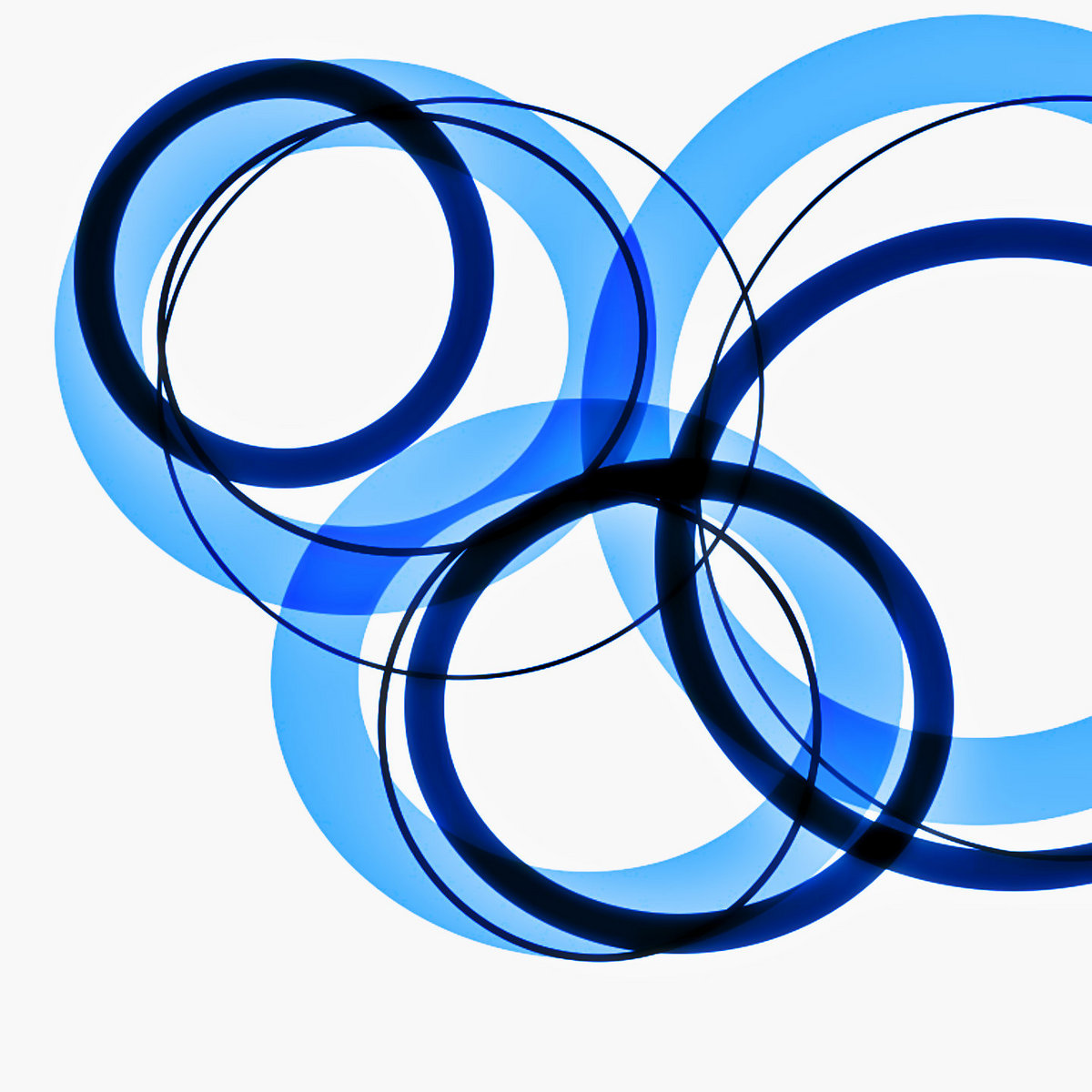Bat of No Bird Island is a new song cycle for chamber-jazz ensemble, inspired by the written memoir and 78RPM record collection of my great grandfather, Zenkichi Kikuchi. The work will premier on November 2nd, 2013 at the Earshot Jazz Festival, followed by a performance and composer Q and A at the Wing Luke Asian Museum on November 7, 2013.
Musicians:
Paul Kikuchi – percussion and composition
Stuart Dempster – trombone and conches
Bill Horist – guitar and prepared guitar
Tari Nelson-Zagar – violin
Eyvind Kang – viola
Maria Scherer Wilson – cello
Rob Millis – 78RPM records
Premier performance:
November 2nd, 2013, 8PM
Earshot Jazz Festival
Chapel Performance Space
4649 Sunnyside Ave N., 4th Floor
buy tickets
Performance/Composer Q and A
November 7, 2013, 6PM
Wing Luke Asian Museum
719 S King St., Seattle, WA
Free
Open Rehearsal
October 30, 2013, 7:30PM – 9:00PM
Jack Straw Productions
4261 Roosevelt Way NE, Seattle, WA
Free
Zenkichi Kikuchi
After immigrating to the United States from Japan as a young man in 1901, Zenkichi worked most of hist life as a farmer in the Yakima Valley in Washington State. His memoir offers a glimpse of the world as he saw it. While it is specific to his experience, in many ways it represents the broader experience of Japanese immigrants and marginalized communities in general. The memoir, written in English late in his life, has a certain poetic simplicity.
Memoir Excerpts:
The Four Seasons of Childhood: Spring
About 10th April the white plum (ume) and a week later wild cherries blooming out, and after little all of the oack family trees spread young leaves. So fragrant, and all kinds of azaleas blooming so whole country seem to burn. It was very pleasant to wait under flower laden tree to watch and play and catch fish. In later spring we claim [climb] to O-Hashi Mori or Yomagiyama, highest peak around and see from top of mountain. Distant the river Kitakami running silvery and golden flower of the psyllum green field of the rice and the grain and gathered edible wild plants. The Uda [?] some fern and the wisteria hanging down from fragrant oak tree by riverside or creek bank and whole country side decorate with all sort of flowers. And the air was warm and steamy. Made people dreaming and forget everything go to [to go] outside.
Railroad Work, 1904
We leave Yakima, board the N.P. [Northern Pacific] train and arrived in Missoula, Montana to [a]wait our assignment… Our job was to change old rail to new heavier rail. Other gangs 2 or 3 used to work together. Over 100 or 150 men [worked together.] [This job] did not require much skill but sometimes was very dangerous. All of my boys worked without trouble. But the time was the middle of winter and the place[s] are coldest place in America, so [it was] very uncomfortable, very cold outside, but the inside of the railroad car was very hot because we burned coal in a big potbellied stove continuously. Sometimes [it was] too hot and [I was] bit by bed bugs. It was very unpleasant work.
Native Americans
The Indians never saw any Japanese before, so they does not knew [did not know] what kind of man I am. They asked Walter and Walter told them I came from a faraway country and they asked how I got there. Walter told them “ He came on the train.” They were satisfied.
Decision to stay in America
Change of the mind: In the streets there are many educated Japanese young men. But they walking or living as stray sheep, because they don’t know what they should do, or can do. To lead these young men to farm and build up new Japan in America – real man’s job. Farming only thing we can do with decent, and hope of future in present social condition. I should, to do and I have well to do even my ability very low. From that time I change my mind to stay in US instead of go to Japan.
War and Internment
About two weeks experience in Nyssa I came to belief I could live with my wife with my earning. So write to her to come and my daughter Sono with little girl Annabel – came together and we enjoyed our reunion. My wife was so glad to live in freedom instead the camp, guarded by armed soldier and live on government handout. She say “it is good to eat the meal which my old husband’s work provide, feel like real somebody.”
Hardships of childhood
In this year it was very hard year, too. I try to stay in school without get any help from my home, because in the home, the things not going right, and all of the family in hardship. So I could not buy any text book or other necessary books. I copied all books when a friend not used or in sleep, and finally I came to so hard, cannot buy even my pens, and writing paper, sometime can’t buy kerosene oil, about 2 yen (1penny) worth of oil, enough for a nights burning for study. So I had stand front of the toilet light to read.
Bat of No Bird Island
School teachers in the time not all graduate of college. Some time, they send some problem to me to explain, and most farmer can not figure, about the stacked hay. Generally come to me figure out for trade, and some the orchardist come to me about using fertilizer, because in this these time nobody knew about fertilizer, nor recognize its necessary, so nobody knew anything. So I was like a Bat of no bird island.
Lyrics from old Japanese 78RPM record, written by Zenkichi in Japanese, translated by Etsuko Ichikawa
1.
Flower of Peking*. At lighitng-up time*.
I am a China girl who dreams.
Fuyo* is falling and falling. In the window waiting for you.
A flower is nine. A flower is nine. A wish is one.
2*.
Thinking of my brother*. Tears are falling.
Rain falls over my hand wiping.
Autumn to deepen. The Great Wall of China.
Birds singing, birds singing. Awaiting for spring to come.
3.
A red water lily. Swinging gently.
Your black hair. Fragrant of wind.
On a boat of love. Two people who dream.
Waves to move. To a land of happiness.
4.
You are an origin of the sun*. A boy of a cherry tree.
I am a homeland. A flower of lily.
Although different flowers. our thoughts are one.
Waiting for Asia’s, waiting for Aisa’s. A morning of flower opening.
—————–
Peking* – the former English name of Beijing
lighitng-up time* – at dusk or in the evening twilight
Fuyo* – Confederate rose. Often used to describe beautiful women.
2*. – the lyrics 2 is not included in the recorded song.
my brother* – older brother
You are the origin of the sun* – you are the son of Japan.
Bat of No Bird Island has been made possible with support from Earshot Jazz, The Seattle Office of Arts and Cultural Affairs, Nonsequitur, Jack Straw Productions, and Chamber Music America’s 2012 New Jazz Works: Commissioning and Ensemble Development program funded through the generosity of the Doris Duke Charitable Foundation.
http://paulkikuchi.com/work/music/projects/no-bird-island


















